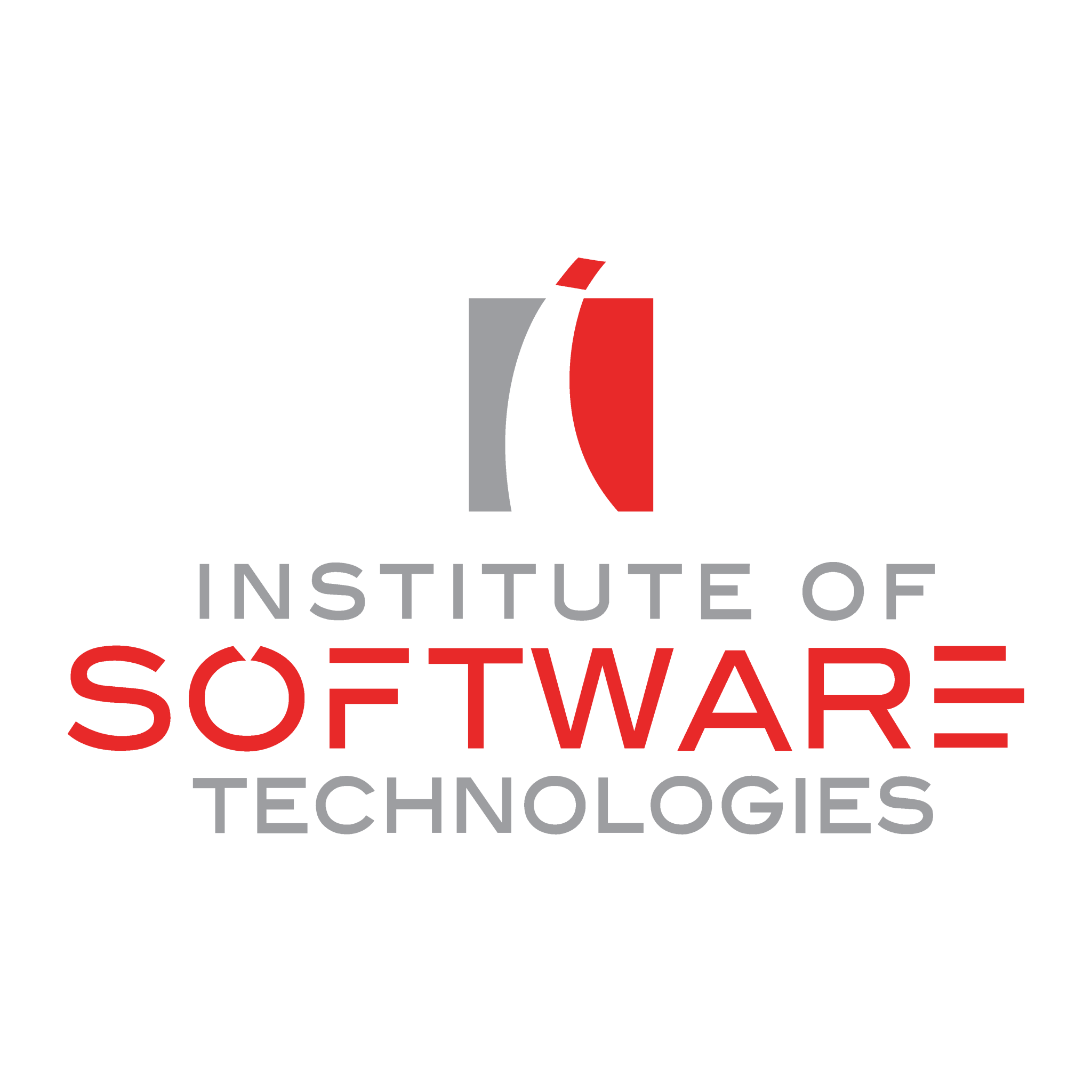In this training we aim to enrich students and professionals with an introduction to understanding what 3D printing and modelling is and how 3D printers work. This is a comprehensive hands-on course with emphasis on creativity. Enrolled individuals will model and design 3D objects. Students will get a chance to print their designs in 3D. There will also be a final capstone project where the participants will model, design and print their ideas.
The program combines both theory and practice. It is a highly practical course and is therefore run in a computer laboratory with a workstation (with required software tools installed) provided to each participant.
The purpose of the course is to learn basic concepts of designing and printing of 3D models. Students will acquire knowledges including:
- The parts and the way that 3d printers function
- The materials used in 3d printing
- The areas of human activities in which 3d printing is used
- Use of 3d applications and their tools, to design models for 3d printing including
tinkercad and blender.
Students will also acquire skills like
- Operate a 3d printer
- Set the proper properties to the printing software, in order to have a reliable print out
to prepare their 3d models for 3d printing - To recognize and to use productively the basic tools of a 3d design application.
At the end of the course students must be able to:
- Name and describe the basic parts of a 3d printer and the basic printing materials and
3d printing techniques - Describe the basic services of a 3d printing software
- Describe the capabilities of a 3d modeling system
- Name and describe the common functions of a 3d design software
- Model and print their own creations
14 Weeks (full semester)
SOFTWARES
3D Modeling Software
- Fusion 360
Slicers & 3D Printer Hosts
- Ultimaker Cura
- High mechanical aptitude
- Strong attention to detail
- Effective communication skills
- Strong organizational abilities
- Little or no knowledge in Computer-Aided Design (CAD).
- Knowledge on AutoCAD software’s will be an added advantage.
- A laptop running a windows operating system.
LECTURE 1
- Course Outline
- Introduction to 3D printing
- 3D Printing applications and Software’s
- 3D Printing Hardware
WORKSHOP 1
- Loading Fusion 360
- The CAD Environment
- Best Practices for Running CAD
- Common CAD Files Types
- CAD Libraries
LECTURE 2
- A Short History of Digital Manufacturing
- Design for 3D Print
WORKSHOP 2
- Fusion 360 Modeling
- Sketching
- Extruding
- Collaborating on Files
LECTURE 3
- Process Flow
- Empathize
WORKSHOP 3
- Fusion 360 Sculpting
- Moving between Environments
- Matching Imported Geometry
LECTURE 4
- 3DP in Public Media 3
- The 3DP Business Case
- Define
WORKSHOP 4
- Working with Meshes
- Scanning Tools
- Editing Scanned Files
- Fixing Scan Bugs
LECTURE 5
- Printing in Plastic
- Ideate
WORKSHOP 5
- Optimizing for Print
- Printing
- Print De-Bugging
LECTURE 6
- Printing in Metal
- Prototype I
WORKSHOP 6
- Making Assemblies
- Moving and Aligning Parts
- Joints
- Motion Studies
LECTURE 7
- Printing in glass, wood, concrete & more
- Prototype II
WORKSHOP 7
- Fasteners
- Finishes
- Advanced Modeling Tools
WORKSHOP 8
- Optimizing Files for Different Methods
- Debugging Prints
WORKSHOP 9
- CAD Rendering
- Mechanical Drawings
- Photographing Parts
WORKSHOP 10
- 3D printing lab experiment
- Materials in 3D printing
LECTURE 11
- Student Presentations
